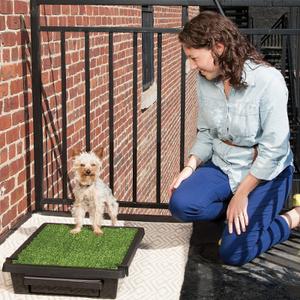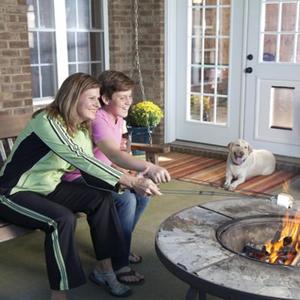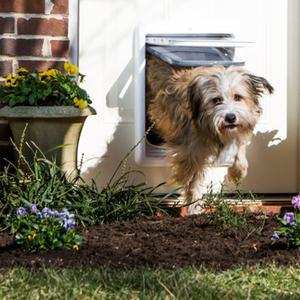Most of us have been tenants at some point in our lives and know the challenge of a “no pets allowed” rental policy. Finding a rental house or apartment for both you and your pet can take time and effort. If you plan ahead for your move, understand your landlord’s point of view, and equip your cat or dog with a resume (yes, a resume), the search for a new home can be easier.
Planning Ahead
-
 Give yourself at least a month to find pet-friendly housing. Contact real estate agencies and search print and online classified ads.
Give yourself at least a month to find pet-friendly housing. Contact real estate agencies and search print and online classified ads. - Obtain references. Ask your previous landlords for letters of recommendation stating that you’re a responsible pet owner. If your dog has had training classes, include certificates. Get records from your veterinarian showing that your pet is up to date on vaccinations, health exams and has been spayed or neutered. Put the reasons why your pet makes a good tenant in writing.
- If you’re considering a condominium, find out if the association’s board of directors needs to approve your pet or if there are pet restrictions in the property by-laws.
Convincing the Landlord
-
 If you’re renting now and planning to get a pet (or bringing in a roommate who has a pet) ask your property manager first. Find out if pets are allowed and whether there are any restrictions. Limits on size, breed or the number of pets allowed are common.
If you’re renting now and planning to get a pet (or bringing in a roommate who has a pet) ask your property manager first. Find out if pets are allowed and whether there are any restrictions. Limits on size, breed or the number of pets allowed are common. - If your landlord has a ”no pets” policy, try to find out why. She may have had bad experiences with irresponsible pet owners in the past. If you know her concerns and understand that they are legitimate, you’re in a better position to negotiate on behalf of your pet.
- If you’ve found a new place but the landlord is hesitant about accepting pets, ask if you can bring your animal for an introduction. Bring up your pet’s grooming and exercise routines, mention the flea control program you use and pull that pet resume out of your back pocket!
- Be honest. Don’t try to sneak your pet in and don’t minimize her size or how many pets you have. Sooner or later, your landlord will find out. You could be evicted or face legal action.
Signing the Lease
- Get permission to have your pet in writing—never accept a verbal agreement. If there are problems down the road, a verbal agreement will not protect the rights of you or your pet.
- Your lease should include all of the terms that you and your landlord agreed upon concerning your pet privileges. Be sure to get a copy of the contract that both you and your landlord sign.
- In most cases, you’ll be required to pay a deposit to cover any damages your pet might do to the property.
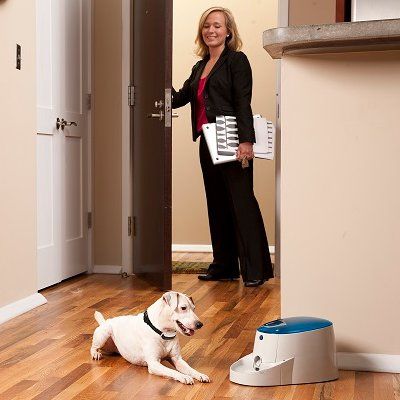 Getting Settled in Your New Place
Getting Settled in Your New Place
- Try to take a few days off of work to help your pet get settled in her new surroundings.
- Confine your cat to one room while you’re unpacking. Put her favorite toys, litter box, and food and water bowls in the room with her.
- Take your dog on frequent walks to help him get familiar with the area. Introduce him to your new neighbors and be sure he gets adequate exercise and attention during the move.
Does Your Pet Need a Resume?
Your job as a house-hunter is to sell your pet’s great qualities to a new landlord. Keep your pal’s resume short, honest, and to the point.
-
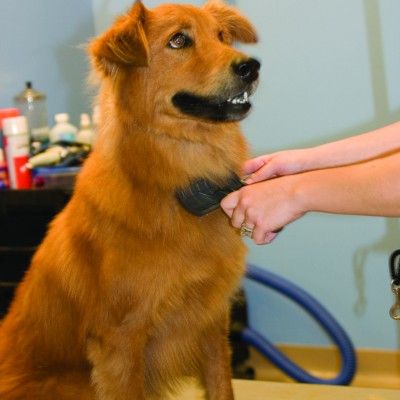 Description - Include age, weight, breed, and a recent photo of your pet. Is she microchipped? Does she wear a collar and identification tags?
Description - Include age, weight, breed, and a recent photo of your pet. Is she microchipped? Does she wear a collar and identification tags? - Experience - Has your pet lived in rental property before? A house or apartment? Where and for how long?
- Personality - Is your dog good with people? Children? Other animals? Is she quiet when alone in an apartment or prone to briefly bark at noises?
- Training - Has your dog been to obedience school? Is your cat trained to use a scratching post?
- Health - Is your pet spayed or neutered? Is she up to date on vaccinations and health exams?
- Grooming - How often is she bathed and brushed? What is your flea prevention routine?
- Routine - What is your dog’s exercise routine? Do you take her to dog parks or walk her each morning and evening? How is your pet cared for when you go out of town?
- References - List the names and phone numbers of credible people who can vouch for your pet, such as a former landlord, boarding kennel manager or your veterinarian.
Benefits of Providing Pet-Friendly Housing
Are you a landlord, or are you trying to convince your landlord to accept pets? These arguments will convince anyone of the benefits of pet-friendly housing.
There are many advantages to being a pet-friendly landlord. 72% of renters have a cat or dog, so your pool of potential tenants is much larger when you allow pets. Pet owners often stay in one place longer than people without animals just to avoid the trouble of searching for new housing. Consider these tips to attract more tenants to your property and protect your investment at the same time.
-
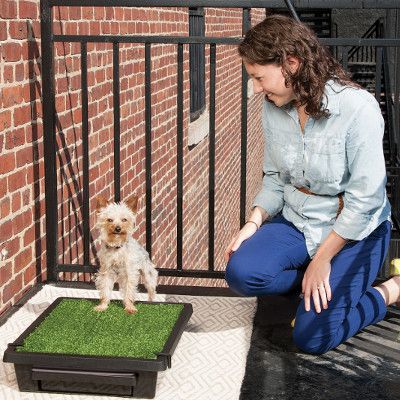 In most counties, you can legally request a pet security deposit to protect your property against any damage that may occur. You may also have the right to impose fines for recurring issues that go uncorrected by pet owners (such as excessive barking or not cleaning up pet messes). Check with an attorney to find out the laws in your area. You cannot charge a fee or deposit for service animals.
In most counties, you can legally request a pet security deposit to protect your property against any damage that may occur. You may also have the right to impose fines for recurring issues that go uncorrected by pet owners (such as excessive barking or not cleaning up pet messes). Check with an attorney to find out the laws in your area. You cannot charge a fee or deposit for service animals. - The myth that tenants with pets cause more property damage has been thoroughly debunked. Most pets don't do any more damage than other tenants.
- You can increase the rent by a reasonable amount when leasing to someone with pets.
- Put a pet agreement in your lease and establish written pet policies. Require that all tenants read and sign the pet agreement (regardless of whether they own a pet).
- You can include a clause in your policy that requires tenants to get your approval before bringing a pet into the property.
- Include a statement in the pet policy that gives you the right to amend the rules by giving tenants reasonable notice. Consider a grandfather clause for pet policy changes. This clause would exempt tenants already in the building from having to comply with the new rules for pets they owned before the changes took place.
- Ask for the name of your tenant’s veterinarian in case there’s an emergency. You’ll also want to have the name and phone number of someone who would act as a temporary guardian for the animal.
- Make sure that tenants provide you with current proof of pet vaccinations. You may want to require that pets wear identification tags or collars.
- Check with your insurance company to find out if certain dog breeds are not covered under the terms of your policy.





